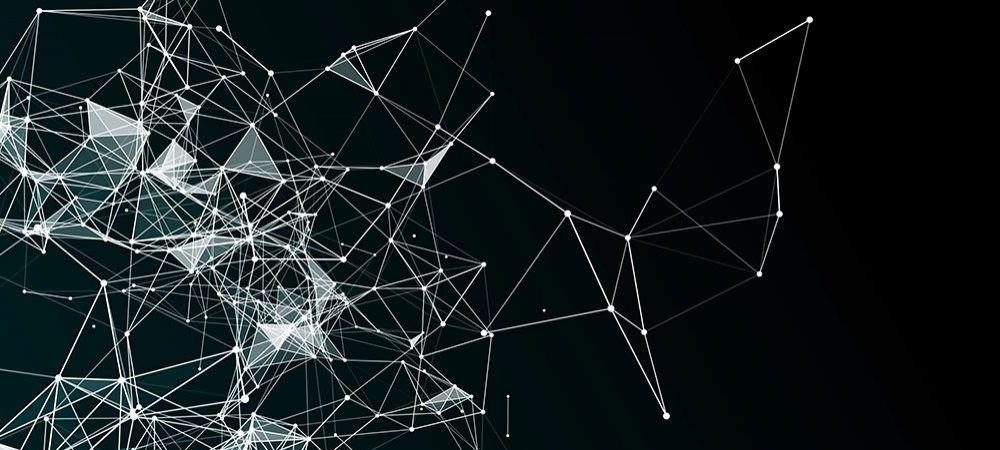Sanjiv Gossain, Cognizant’s Head of Digital Business, Europe, discusses the driving forces behind the construction of a new technological future and lets business leaders know how to remain competitive.
Today’s digital age is delivering unparalleled technological innovations in which Artificial Intelligence (AI) and the Internet of Things (IoT) are combining to make devices and enterprises intelligent, responsive and ever more connected. This is paving the way for organisations to turn insights into foresight and for leaders to make decisions in a more informed, accurate and timely manner.
Transformative technologies such as 5G networks, interconnected IoT devices, ad-hoc and decentralised networks, and collaborative autonomous systems are opening up new means of communication with large data exchanges. It is therefore crucial for enterprises to make their systems more secure than ever — not only to guard against threats but also to remain competitive and compliant with changing regulations.
Nevertheless, five converging forces are driving the evolution and construction of a new technological future and can help companies stay ahead of the game.
1. The drive to create AI-powered intelligent systems
From robotics to vehicles to application development, the world as we know it is becoming largely autonomous. This is enabling enterprises to streamline business processes, transform customer experiences, reduce costs and drive remarkable growth and profitability. This has been augmented by companies’ aggressive efforts to modernise IT systems, applications and processes to make them scalable and more agile.
These advances in automation will undoubtedly push AI to new heights. For example, human-robot collaboration is set to transform the workforce by removing rote tasks and allowing humans to spend more time on personal development and learning new skills.
2. The genesis of interconnected systems
IoT is driving massive business change across industries. Countless sensors are deployed every day, generating huge volumes of data that will help organisations make better decisions. Some examples include better predictive maintenance, supply chain optimisation, fraud detection, remote monitoring of insured properties, remote patient monitoring and driverless cars.
Interconnected systems with computing power located at the network’s edge are increasing the power of intelligence systems. The data collected can be analysed instantly for real-time insights, enabling people, devices and organisations to work smarter and respond faster. This is helping enterprise systems to become collaborative, co-operative and connected, with interconnected tools that allow the next stage of the evolution of autonomous devices, operating collaboratively, sharing workloads and handling complex computations.
3. The need for more effective human-machine interfaces
In any scenario where the digital meets the physical world, human-machine interaction is critical. More immersive experiences will lead to better acceptance of products, services and interactions with smart machines. That is why the organisations that deliver immersive AI-driven, hyper-personalised experiences for users will gain a competitive advantage. Rapid advances have already been made with Augmented Reality (AR), Virtual Reality (VR) and Mixed Reality (MR), such as AR apps, VR headsets that provide immersive experiences, and Microsoft Hololens-based applications that blend real and virtual worlds. These technologies are being applied to real-world use cases, such as virtual showrooms for cars or homes. Taken one step further, holography could help doctors prepare for surgery by recreating human anatomy in 3D. However, a critical hurdle to overcome is to ensure that the rendering of full-field simulated environments can compensate for errors and incomplete data streams that often occur in real-life scenarios.
4. The demand for advanced communication technologies
Advanced communication technologies will be the foundation of the critical infrastructure needed for a digital and smart future. This is driving the growth of technologies such as 5G and light fidelity (Li-Fi). These new technologies can transfer vast volumes of data at extremely high speeds, revolutionising the future of intelligent, interconnected systems.
Soon IoT-enabled devices will touch every aspect of our physical lives, calling for the transfer of huge amounts of data at very high speeds to build truly connected ecosystems. Although Wi-Fi accounts for 60% of today’s global data transfer, it must overcome the lack of persistence among network connections and security shortcomings.
5. The compulsion to go beyond current technical limitations will push quantum technologies to the foreground
In the fields of computing, sensing, imaging and metrology, quantum technologies are helping us transcend conventional bounds by ushering in new and novel technological possibilities across industries. Quantum’s impact on communication security is already visible. Emerging technologies such as quantum key distribution and post-quantum cryptography are set to revolutionise the IT security landscape, forcing business and technology leaders to evolve and reimagine their security strategies. Quantum sensing and imaging technologies are helping us visualise and measure physical dimensions with unprecedented detail, promising to revolutionise industries like oil and gas, astronomy, optics and others.
Businesses have historically been built around three key goals: the drive to increase productivity and efficiency, the need to deliver better experiences to users (customers, partners and employees) and the need to remain relevant in the marketplace. To ensure that these goals are met, business leaders need to understand when to evaluate and adopt emerging technologies, so the required investments provide optimal returns and deliver competitive advantage. That is why organisations should start by acknowledging that technologies do not mature at the same rate and develop a roadmap for each of them. Then they need to assess the real impact these technologies will have on the wider business, before activating programmes to ensure that both current and future business needs are not only met, but exceeded by these evolving and maturing technologies.


